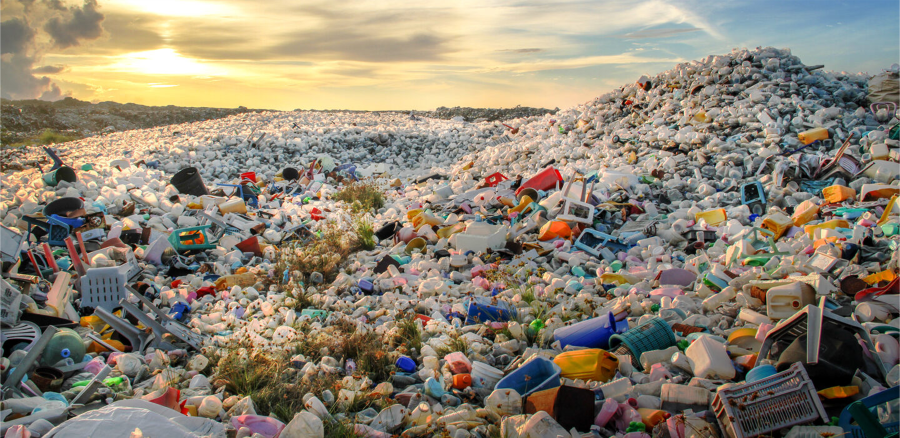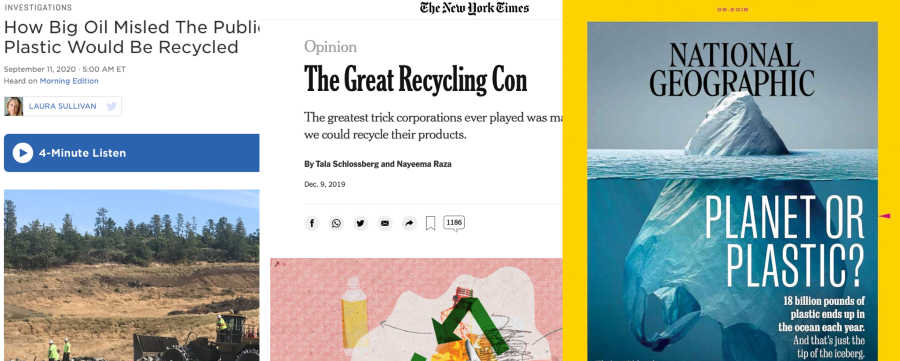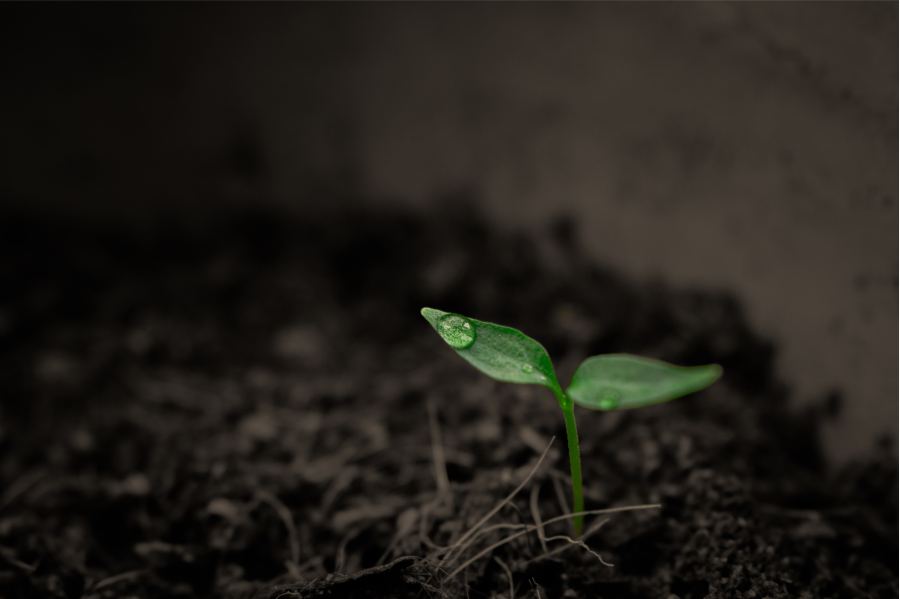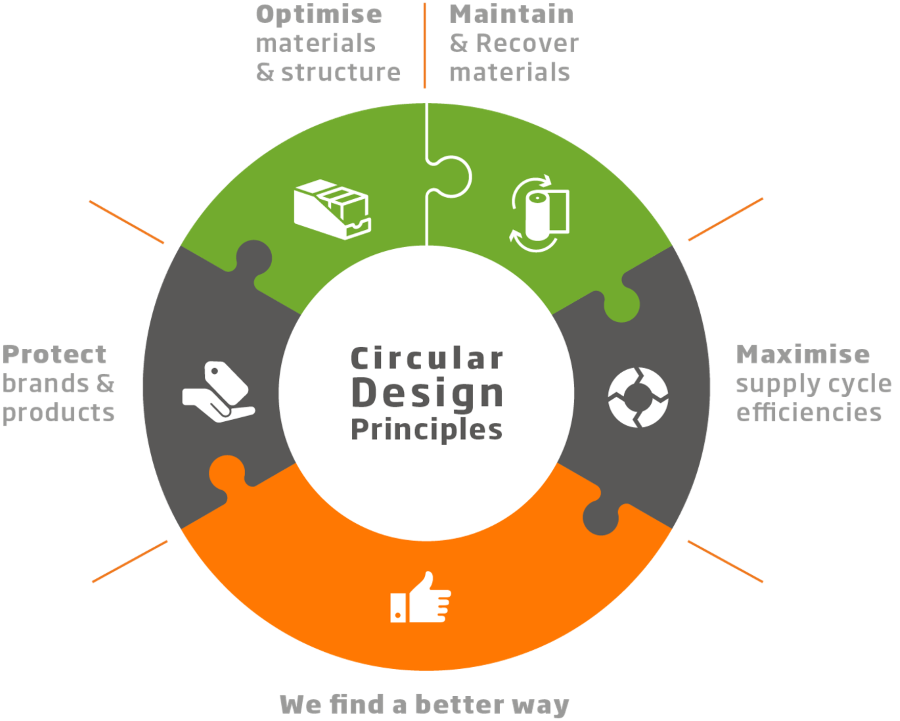The Plastic Recycling Myth
Commentary by Mark Ushpol, Managing Director of Packaging for DS Smith North America.
There's a famous scene in the movie “The Graduate,” where Dustin Hoffman’s character Ben is pulled aside by a wealthy businessman and whispered an insider tip: “One word – plastics.”
In the late 50’s, it certainly seemed that plastic was indeed the future, and in the years since it has become a fixture of our daily lives.
The only problem with that vision is that the future is bleak for the most common forms of plastic in a world that we want to live in, because most-single use plastic cannot, and may not ever be recycled.
Simply put, it’s unsustainable.

Recent exposès by National Geographic , the New York Times and NPR shared these sobering facts: of the 8.3 billion tons of plastic produced over the past five decades – most of it disposable products designed to end up in the trash – only 9 percent has been recycled and 12 percent incinerated, leaving 6.3 billion tons as waste in landfills or worse, forming a giant plastic island in the Pacific Ocean as big as the State of Texas.

Recent decisions by China and other countries to refuse corrugated and plastic, along with a lack of recycling infrastructure in the U.S. has forced municipalities across the globe to landfill large amounts of material that consumers assumed was being recycled.
As our communities discover the truth about plastic recycling, it’s clear we’re going to pay a steep environmental price unless we immediately embrace an alternative way of producing disposable packaging.
The short-term solution: renewable fiber for packaging

Fiber-based packaging and packing material is renewable by nature. With its inherent recyclability and biodegradability, it’s a natural solution to stemming the flood of un-recyclable materials into our environment, thereby reducing waste to our landfills and the pollution of our water systems. 92% of corrugated is recycled annually in the US.
And unlike fossil fuel-derived plastics, forests that produce these fibers are well-regulated and carefully managed. In fact, there are 20 percent more trees than there were on the first Earth Day in 1970, and 2 seedlings are planted for every tree harvested, adding up to one billion trees planted in the United States each year.

Fiber-based consumer packaging can play a major role in reducing our impact on the environment, but it’s only a credible alternative if we manage forests in a sustainable way. Consumers are not going to want to swap oceans polluted with plastic for deforestation.
This idea is supported by 86% of Americans who agree that we need to transitions from an economy that throws things away to one that reuses and recycles.
The long-term solution: embracing a circular economy
We believe that the only sustainable model for packaging is the embracing of a circular economy model by manufacturers, logistics providers, public and private sector entities.
A circular economy is simply an alternative to the traditional linear economy, where a product or packaging is made, used and then disposed of, with little regard for the impact of its manufacturing process or its sustainability.
Based on the principles of designing out waste and pollution, a circular economy model keeps products and materials in use and regenerating natural systems. Paper and packaging companies like DS Smith have the experience and capability to design for minimal waste and for recycling fiber over and over again into new products.

The Ellen MacArthur Foundation is the leading global authority of the circular economy model, and we’ve joined them as a Strategic Partner in their mission to change the way products are designed, reducing the impact of packaging on the planet. I invite you to learn more about them and join their cause.
Taking action
A recent survey we conducted showed that 75% of consumers say they plan to do at least half of their shopping online as the global pandemic lingers, and we’re forecasting eye-popping increases in ecommerce shipping volumes. Our paper and packaging materials will be delivering more and more essential items into the homes of families and businesses all over the world.
To address this, at DS Smith, our Now and Next Sustainability Strategy will focus on these challenges, as well as those that will impact future generations. By implementing circular design principles, we’re protecting natural resources by making the most of every fiber and reducing waste and pollution, and we will continue to educate and enable people to lead the transition to a circular economy.

With this heightened focus and awareness of packaging, you can affect positive change in your local community and the environment by recycling paper products, making eco-friendly choices and choosing products from manufacturers who are committed to responsible, sustainable packaging.
